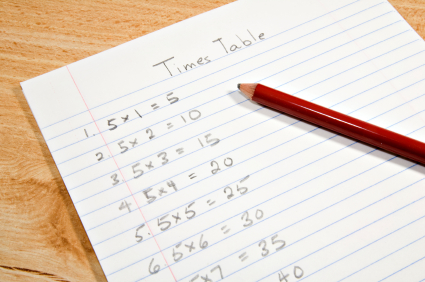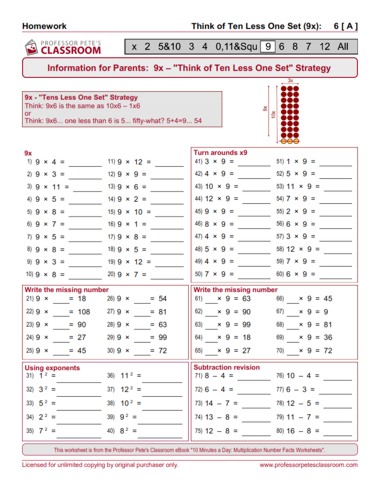As a primary or elementary teacher, you are probably not a specialist in mathematics. As the old adage goes, “high school teachers teach subjects; primary and elementary teachers teach students”.
As a result, knowing how to teach students mathematics really well may be something you find a challenge. If so, this post may help you.
1. Focus First on the Mathematics
This is the biggest, most important factor in getting mathematics teaching right. If you don’t nail the mathematics and put it at the center of all your math lessons, it will be very difficult to capture students’ interest, and impossible for them to really understand the topic. This step is needed right at the beginning, at the planning stage.
For example, if the topic is “symmetry in flat figures”, you would teach the terminology of symmetry, the two different types of symmetry, correct terminology and mathematical ways to analyse symmetry (such as the angle of rotational symmetry).

If you lack the content knowledge in a topic, I would go to Wikipedia for a quick brush-up on what the basic math is. As an encylopedia, rather than a blog or social media site, Wikipedia will have succinct summaries of all the topics you are likely to teach, and is highly likely to have the facts correct.
2. Work Out What Mental Processes Students Will Need
The second major step in planning a great math lesson is to consider the student. What processes will they need to practise for this topic?
For example, if you are teaching number facts, the standard we are aiming for is instant recall of every fact. So the mental processes needed are memorizing the facts in the first place, then recalling them from memory.

Note that with this approach, there is no argument about whether students need to remember all those facts or can “invent” ways to come up with them when they are needed. The bottom line is that number facts are needed for just about every math topic, and using up precious brain power (and time) to work them out when needed is just too inefficient.
3. Use the Best Methods to Connect Math to Mental Processes
Lastly, you need to find the best methods you can to truly connect students and their thinking to the mathematics. This has a couple of important components:
- Make the mathematics the primary focus of the lesson. In other words, it’s not about games, exercises, routines, or any other activity or behavioural focus.
- Don’t focus on making math “fun”; true mathematical activity requires attention to detail, discipline and following rules. Students will experience satisfaction from understanding the mathematics and the processes needed to reach solutions and correct answers, but “fun” is the wrong focus.
- Doing mathematics involves a good deal of mental effort and mental processes. It is essential that your students are engaged in thinking for themselves, using a variety of mental processes including memorization, visualization, mental computation, exploring options, testing hypotheses, following logical connections, holding pieces of information in the working memory while applying mathematical processes such as operations, etc.
I have decided that I will no longer help teachers to inject fun, simplicity, tricks or cute pseudo-math processes in an attempt to buy students’ affection. (As an aside, I am working on a new product about fractions. We brainstormed titles for the series, and rejected “Fun Fractions”, “Fantastic Fractions”, “Spectacular Fractions” and the like because they send entirely the wrong message.)
What do you think? If you are a primary/elementary teacher, does this article help? Does the above advice match your own practices? Please leave a comment below!
Graphic Credits:
- Primary student group: © iStockphoto.com/Chris Schmidt
- 5x Table: © iStockphoto.com/Dougall Photography

